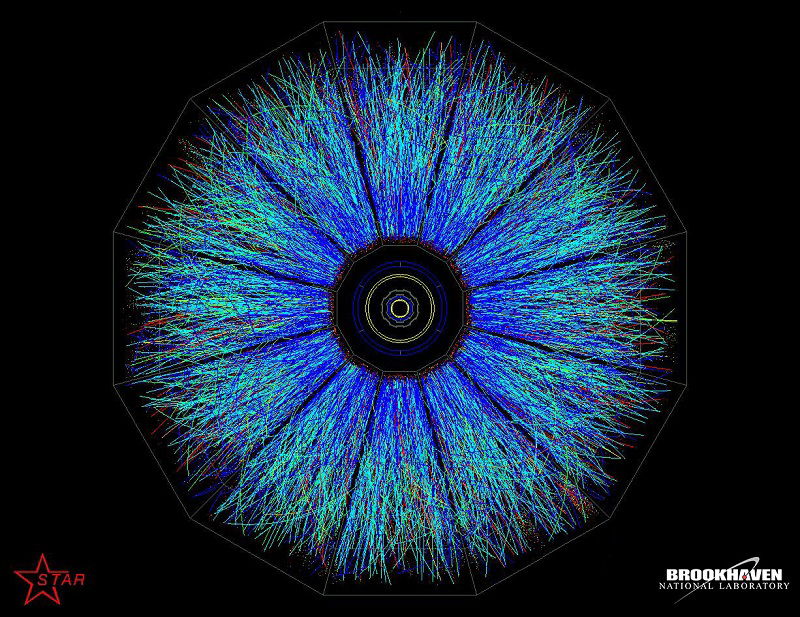Knowridge
7h
269

Image Credit: Knowridge
Scientists unlock secrets of matter under extreme conditions
- Researchers studied how heavy particles containing charm and bottom quarks behave under extreme conditions similar to those after the Big Bang.
- By analyzing collisions at particle accelerators like the LHC and RHIC, temperatures hotter than the Sun's center are generated, creating a quark-gluon plasma state.
- The transition of this plasma into hadronic matter helps in understanding the evolution of matter from the chaotic early universe to its structured form today.
- The study reveals the importance of the cooling phase post-plasma for observing heavy hadron interactions, providing insights into the fundamental properties of matter under extreme conditions.
Read Full Article
16 Likes
For uninterrupted reading, download the app